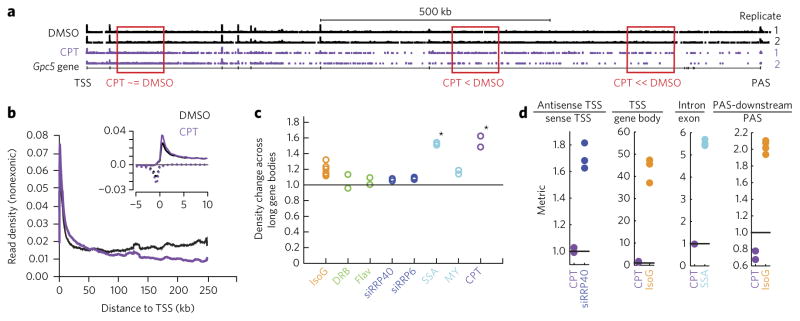Figure 5. The topoisomerase inhibitor camptothecin (CPT) decreases pre-mRNA expression along the bodies of long genes.
(a) CPT treatment of HeLa cells (1 μM for 18 h) leads to a decrease in intron expression at TSS-distal locations detectable by strand-specific total RNA-seq at the human Gpc5 locus. (b) A TSS metaplot reveals decreased intronic expression at TSS-distal locations upon CPT treatment (quantified and statistically assessed in c), normalized to the number of mRNA (exon)-aligned reads at least 10 kb from the TSS. Only the 850 genes longer than 250 kb are included. The inset shows the metaplot for −5 to 10 kb relative to the TSS, as in Figure 2. (c) Density change across long gene bodies metric based on the metaplot in b: the ratio of the sense RNA-seq signal +100 to +150 kb to +200 to +250 kb relative to the TSS, divided by the same ratio in controls. Stars indicate significant increases (P < 0.05) based on a one-tailed t-test with Bonferroni correction. (d) Antisense TSS/sense TSS, TSS/gene body, intron/exon, and PAS-downstream/PAS metrics calculated for CPT treatment as in Figure 2b,d,f,g; these values are repeated here for reference. None of the CPT effects are statistically significant. CPT data in b–d are means from n = 2 replicates.

